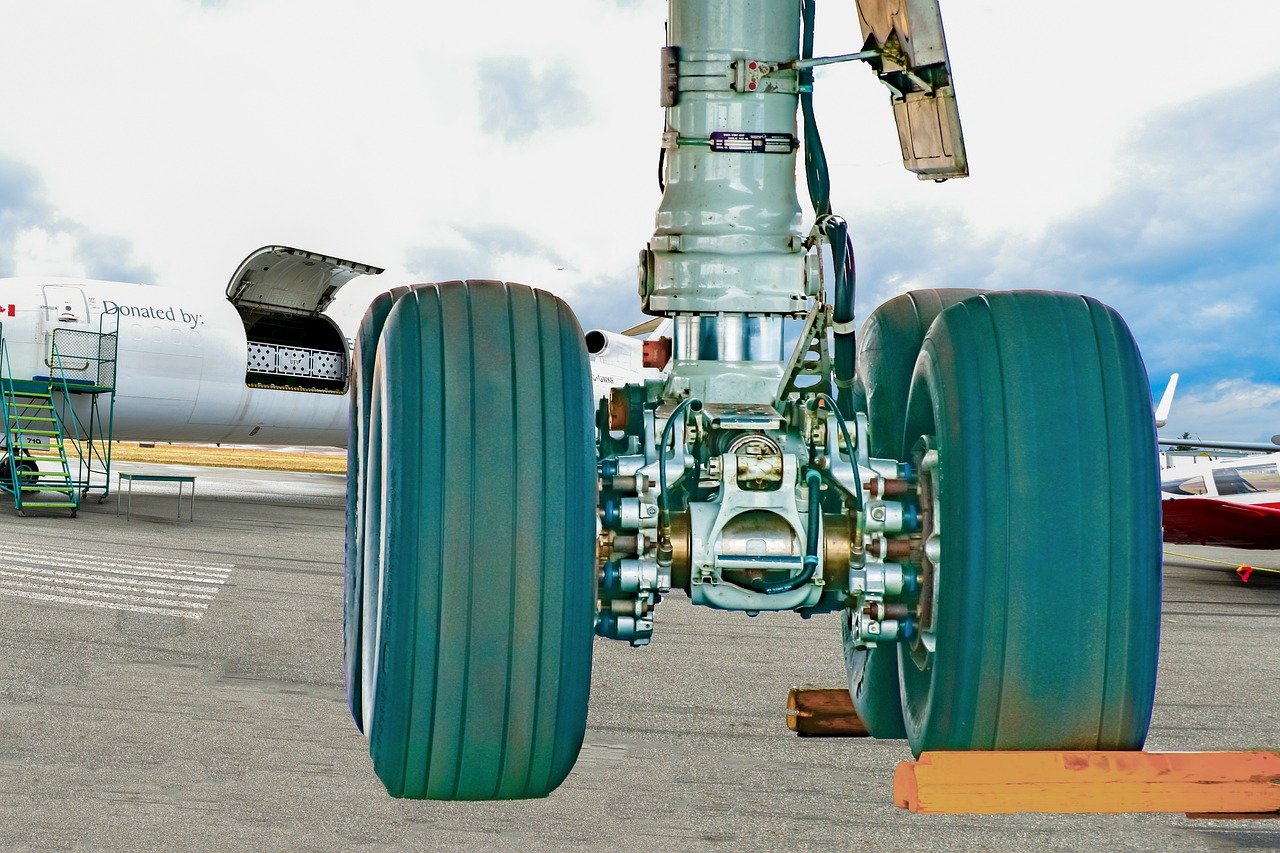When the words “emergency diversion” flash across a news ticker, it’s natural for a wave of concern to ripple through air travelers everywhere. But in the case of United Airlines Flight UA770, the real story is one of precision, training, and a safety system operating exactly as designed. This incident, while undoubtedly unsettling for those onboard, serves as a powerful real-world demonstration of the layers of protection built into modern air travel. This article provides a comprehensive breakdown of the united airlines flight ua770 emergency diversion, detailing the event’s timeline, the cause, and the robust airline safety protocols that ensured a safe outcome for all.
A Minute-by-Minute Look: The Timeline of Flight UA770’s Diversion
Understanding the sequence of events helps demystify the process and highlights the efficiency of the crew and air traffic control. Here is the full timeline of the UA770 emergency diversion.
The Original Flight Path and Point of Deviation
United Airlines Flight UA770 was a scheduled commercial flight bound from the East Coast to its final destination on the West Coast. The aircraft was cruising at altitude when the flight crew identified an irregularity. Following strict FAA regulations and their own rigorous training, the pilots promptly declared an emergency with air traffic control. This declaration is not a sign of panic but a procedural key that unlocks priority handling and immediate access to resources. The decision was made to divert to the nearest suitable airport with the facilities to handle the situation: Chicago O’Hare International Airport (ORD).
The Successful Landing at Chicago O’Hare (ORD)
Upon declaring the emergency, Air Traffic Control at Chicago O’Hare International Airport (ORD) swiftly cleared the airspace, creating an unobstructed path for the aircraft. The pilots, having run through their emergency landing procedures checklists, communicated calmly and clearly with ATC. The aircraft was guided in for a perfectly normal landing, a testament to the crew’s skill and the aircraft’s redundant systems. The safe landing for United Airlines Flight UA770 after emergency was confirmed, and the aircraft was met by emergency vehicles as a standard precaution. They stood by, ready to assist, but their services were ultimately not required.
Passenger Care and Resumption of Travel
Once safely at the gate, the captain addressed the passengers, providing a transparent, high-level explanation of the situation and assuring them of their safety. Passengers were deplaned normally and guided to the terminal. United Airlines’ customer service teams were already activated, working to rebook passengers on alternative flights and arranging hotel accommodations for those facing a significant delay. This focus on the passenger experience on diverted flights is a critical part of an airline’s response, aiming to manage the logistical fallout with as little additional stress as possible for travelers.
Analyzing the Core Issue: What Caused the Emergency on UA770?
The central question on many minds is straightforward: what caused the united airlines flight ua770 emergency diversion?
Preliminary Reports and Official Findings
According to initial aviation incident reporting, the diversion was prompted by a mechanical indication in the aircraft’s systems. It is crucial to note that at no point was the structural integrity of the aircraft or the safety of those onboard in immediate, uncontrolled danger. The declaration was a precautionary measure. The involved aircraft was immediately taken out of service for a thorough inspection by maintenance teams. This process is standard and underscores the industry’s commitment to resolving any potential issue before an aircraft is cleared to fly again. The FAA will review the details of the event as part of its standard oversight role.
The Efficiency of Emergency Landing Procedures
This incident perfectly illustrates the critical difference between a “diversion” and an “emergency landing.” A diversion is any off-schedule landing, while an emergency landing is conducted under a declared emergency, which prioritizes the flight. The seamless execution seen with UA770 is a direct result of relentless pilot training. Crews spend countless hours in simulators practicing for exactly these kinds of scenarios, ensuring that when a real-world situation arises, their responses are instinctive, coordinated, and by the book. The successful outcome was not luck; it was the product of rigorous preparation.
Reassurance in the Skies: What the UA770 Incident Confirms About Aviation Safety
For the public, an event like this can raise questions. But for aviation professionals, it serves as a confirmation of the system’s strength.
Understanding Safety Redundancy
Modern commercial aircraft are marvels of engineering, designed with multiple backup systems. If one system shows a fault, there is almost always a second, or even a third, system ready to take over. The decision to divert Flight UA770 was a conservative and professional application of this principle. The crew did not wait for a minor issue to potentially become a major one; they acted proactively. This incident is a testament to the strength of commercial airline safety, showing that the system is built not just to avoid problems, but to manage them flawlessly when they occur.
Addressing Passenger Concerns and Rights
It is completely normal for passengers to feel anxious after an unexpected event. So, what are passengers entitled to after an unexpected flight diversion? While compensation is not mandated by U.S. law for mechanical issues, major airlines like United have customer commitment policies. These typically include rebooking on the next available flight, providing meal vouchers for lengthy delays, and arranging hotel accommodations for an overnight stay. Transparency from the airline is key to rebuilding any shaken trust, and a clear explanation of what happened and how the airline is assisting goes a long way.
Conclusion
The united airlines flight ua770 emergency diversion was a controlled, professionally managed event that tested established safety protocols. From the pilots in the cockpit to the air traffic controllers on the ground and the customer service agents in the terminal, the system worked in concert to ensure a safe and managed outcome. While the experience may have been disruptive and unsettling for passengers, it stands as a powerful reminder that the aviation industry prioritizes safety above all else. The next time you hear about a flight diversion, remember the training, the technology, and the professionalism it represents. Share this knowledge to help ease the anxieties of fellow travelers and reaffirm confidence in the world’s safest mode of travel.
RELATED TOPIC: Delta Flight DL275 Diverted LAX: What Caused the Unexpected Landing?

